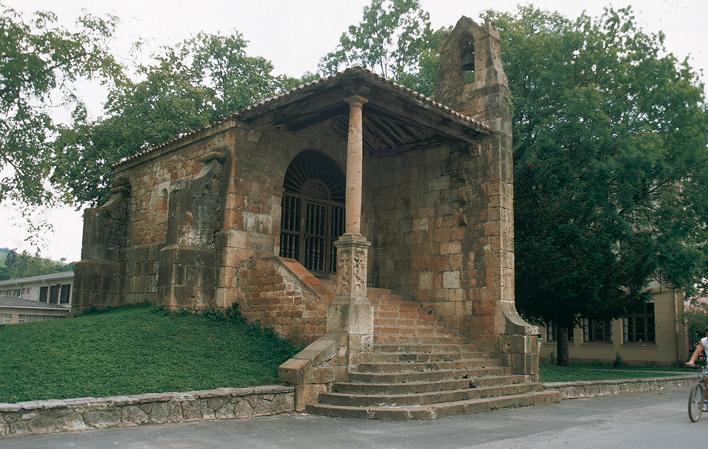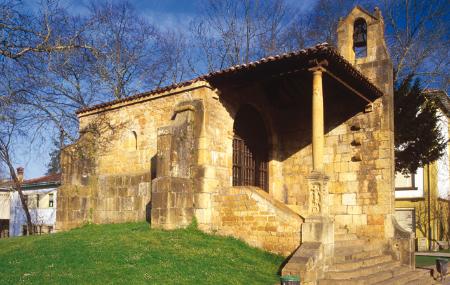
Hermitage of the Holy Cross
- Title Cangas de Onís Eastern Asturias
- Address Address: Avda. D. Constantino Glez y González, 7 ■ 33550 - Cangues d' Onís/Cangas de Onís
- Phone Phone: 985 848 005 (información y reservas)
Info
On top of a primitive dolmen, in the year 737 King Favila built a chapel to house the wooden cross that Pelayo raised in the Battle of Covadonga and which later became the Cross of Victory. It is also believed to be the first Christian church to be built in Asturias after the Reconquest. The structure of the dolmen is made up of five large stone slabs and two smaller ones that form a rectangle. The inner chamber was covered by a large tumulus of boulders and stones. The slab we see today is a modern burial slab.
Limestone, sandstone and quartzite were used in the construction of the blocks. The inner faces of the dolmen have engravings, paintings and pickaxes.
The chapel, which houses the dolmen, is a recent construction in accordance with the stylistic models of the area. It has a rectangular floor plan, divided into two parts, a chapel and a portico. The portico includes the access staircase. The portico roof is supported by a Tuscan column and a wall topped with a belfry.
The walls of the nave are reinforced with two buttresses and a niche window that illuminates the interior.
The chapel is covered with a barrel vault.
A tombstone placed on the wall recalls the ancient inscription of Favila. The dolmen is visible from the centre of the chapel.
Built in: 737

